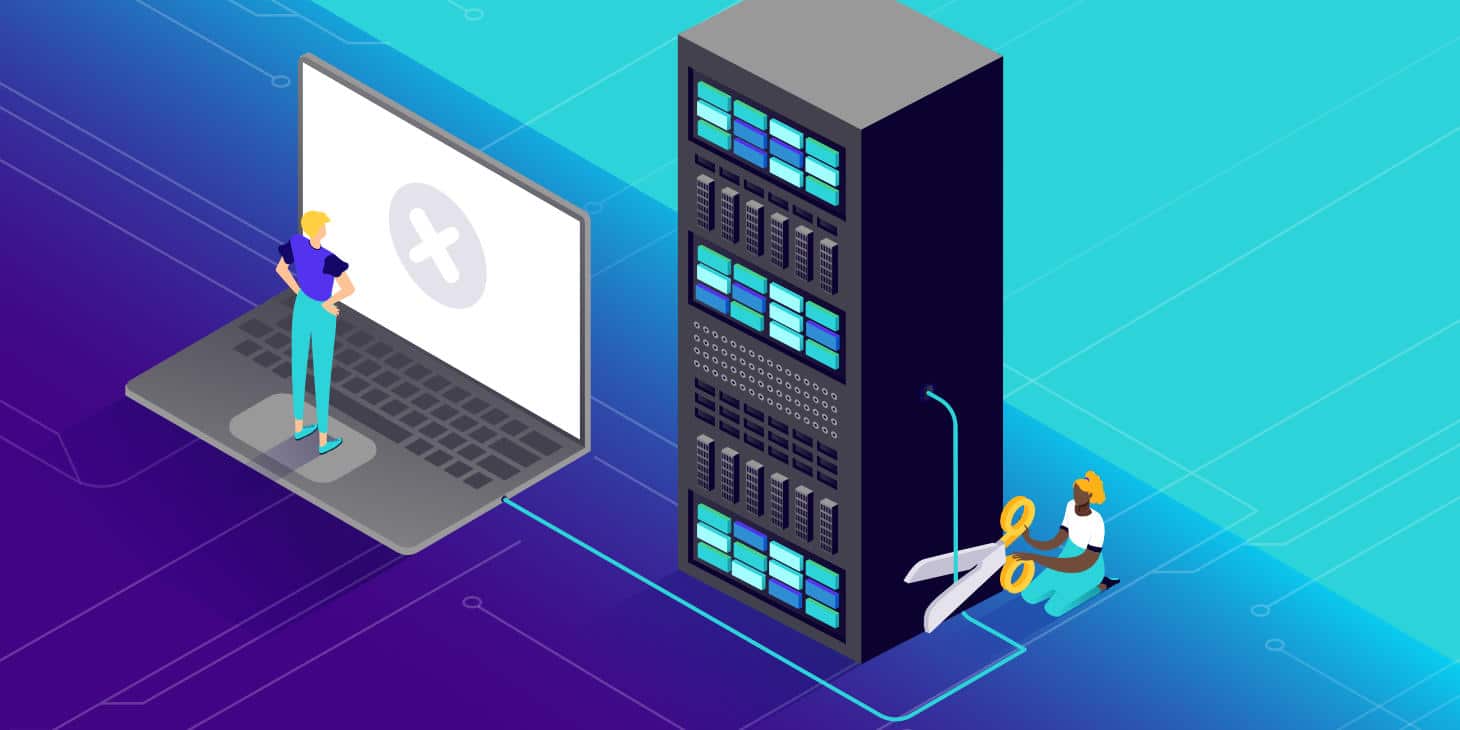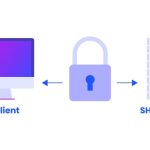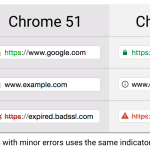Tips
Troubleshooting “DNS Server Not Responding” Errors: A Comprehensive Guide
March 21, 20242 Mins read

Domain Name System (DNS) is the backbone of the internet, translating human-friendly domain names (like www.example.com) into IP addresses that computers use to locate websites. When you encounter a “DNS Server Is Not Responding” error, it means your device is having trouble connecting to the DNS server. Fear not! In this article, we’ll explore the causes of this issue and provide practical solutions to get your internet back on track.
Why Do You Get a “DNS Server Not Responding” Error?
Before diving into solutions, let’s understand why this error occurs:
- DNS Server Unavailability: The DNS server you rely on might be down or experiencing issues.
- Router Problems: A malfunctioning router can disrupt DNS communication.
- Browser Glitches: Sometimes, your web browser itself can cause DNS hiccups.
- VPN Interference: Certain VPN apps may interfere with DNS resolution.
- Corrupt DNS Cache: Cached DNS records can become corrupted, leading to errors.
- Network Adapter Issues: Outdated or faulty network adapter drivers can play a role.
- Antivirus or IPv6 Settings: These settings might conflict with DNS resolution.
- Multiple Network Adapters: Having too many active network adapters can confuse DNS.
How to Fix DNS Server Not Responding Errors
Let’s roll up our sleeves and troubleshoot:
- Try a Different Web Browser:
- Sometimes, the issue is browser-specific. Open a different browser and check if the problem persists.
- Clear the cache, disable extensions, and reset your original browser if needed.
- Restart Your Router:
- Power off your router, wait a minute, and turn it back on. This simple step often resolves connectivity issues.
- Disable VPN:
- If you’re using a VPN, disable it temporarily and see if the error disappears.
- Flush DNS Cache:
- Open the Command Prompt (Windows) or Terminal (macOS/Linux).
- Type
ipconfig /flushdns(Windows) orsudo dscacheutil -flushcache(macOS/Linux) and hit Enter. - This clears the DNS cache.
- Update Network Adapter Drivers:
- Visit your computer manufacturer’s website or use Windows Update to ensure your network drivers are up to date.
- Check Another Device on the Same Network:
- If another device works fine, the issue is likely specific to your computer.
- If not, it could be a broader network problem.
- Change DNS Servers:
- Use public DNS servers like Google’s (8.8.8.8 and 8.8.4.4) or Cloudflare’s (1.1.1.1).
- Update your DNS settings in your network adapter properties.
- Boot in Safe Mode:
- Boot your PC in safe mode to rule out any third-party software causing conflicts.
- Antivirus and Firewall Settings:
- Temporarily disable your antivirus and firewall to see if they’re blocking DNS requests.
- IPv6 Deactivation:
- Turn off IPv6 if it’s causing issues.
Remember, these steps are like a toolbox. Try them one by one until you find the wrench that fixes your DNS woes.
0
Shares




















